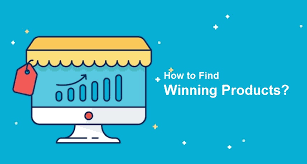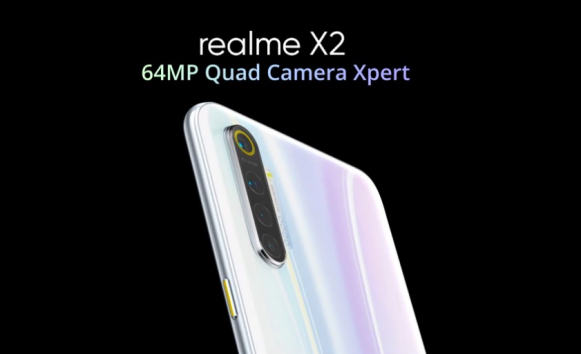Should Shopify Sell Products that Nobody Sells on Amazon?
In the past, shopify sellers have learned many techniques for choosing products.Please note that I am talking about techniques, not methods.For example, how to predict the sales volume of goods sold through competitive product flow. How to use oberlo to directly import the products on AliExpress into your own shopify. These are only in the category of skills.

I also often study how Shopify and Amazon sellers choose products, and what can be learned from each other.Other popular products on Amazon, but there are not many other independent products that are sold, is it worth selling?
1.Amazon hopes to get more deals
If it is a product that is very popular in offline retail, we have to look at the e-commerce penetration rate of this type of product and whether it depends on the product sold on-site experience. Basically, you can see if there are similar products and their sales on major e-commerce platforms, and how many products of the same type are on sale in Google Shopping.
In the view of search engines, Amazon is also an independent e-commerce website. Therefore, from the search point of view, Amazon is actually a competitor’s relationship with other e-commerce platforms and independent e-commerce websites on the search results page.
Every day, 100 people search for words like BUY XXX Product on Google. Google analyzes users according to the rules and leads them to the corresponding e-commerce website. An e-commerce website like Amazon.com, the way to compromise with Google, is to constantly improve the product content under the new product trend, so that the content on the station can easily get the weight of Google, so as to obtain more trading opportunities.

2.What is the choice of goods
Choosing a product is to find a product that meets the customer’s needs.
How to express needs? When we see a product, through description and comment, what is the corresponding demand of this product?
In fact, the most direct way to express needs should be long-tail keywords, so the so-called product selection skills, using the background ABA function to expand keywords, is already an excellent performance.
Back to the topic, if I see an advertisement on Facebook selling nightclub-style headwear, we should understand that the core of this demand is the “nightclub” scene, not the specific product carrier of “headwear”. Therefore, it is a basic skill to correctly understand the scenarios and needs represented by a product, but many people do not do well.
Regarding the scene and needs of nightclubs, if I want to put products inspired by this on my Amazon store, it should be other nightclub wears, not more headwear.
However, if it is a professional headdress seller, it is no problem to just put on the headdress. Just from my point of view, I hope that customers can find more products that can be used in the same scene in the same store, thereby reducing the overall traffic cost of other products in my store.
Demand can be reasonably excavated from competing products, and competing products seen in non-Amazon channels may also be “better solutions for the same demand.” Simply put, it is also a hammer that knocks nails. The one sold on an independent station may be better sold on Amazon (depending on the selling point of the product).
In addition, Amazon sellers should learn from the selling point of products to those who use FB advertising traffic as the main source of traffic. After all, to a certain size of sellers, they are all making their own materials.
I think the responsibility of these materials is bigger than your A+ page. After all, I come to Amazon to buy things. When I visit FB, I am attracted by a material and then place an order. Either the material is outstanding, or the audience is positioned accurately.

3.shopify and amazon
I am still studying this issue.
In terms of business characteristics, the Amazon platform is a purchase model, and consumers are easy to shop around, so the price is relatively low, and the differentiated demand for products is relatively rigid. The conversion of products depends on all important factors of the A9 algorithm.
As for the independent station, I believe you also noticed that the content is relatively simple in general. This is because under the non-purchasing model, consumers’ psychological expectations are different.
So having said that, it should be a very interesting thing to study the difference between independent station selection and Amazon seller selection.
Hope I will share this content one day.






